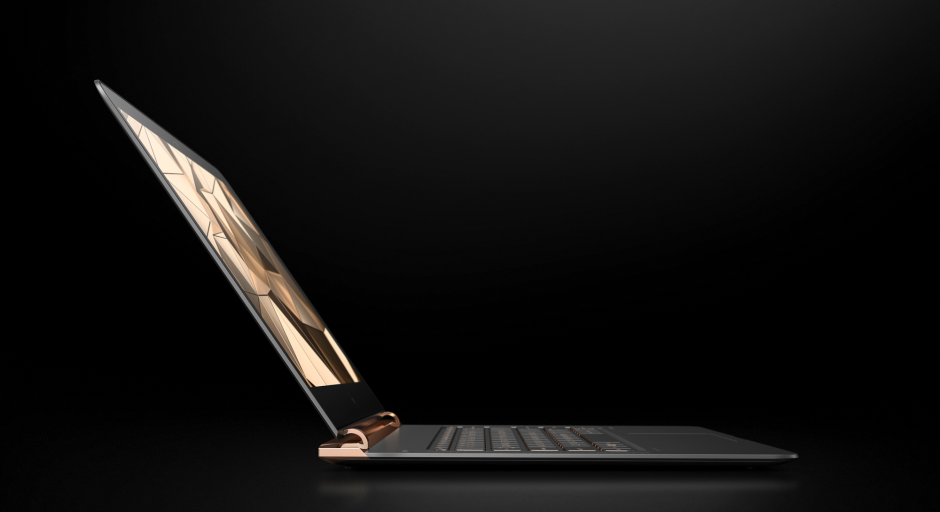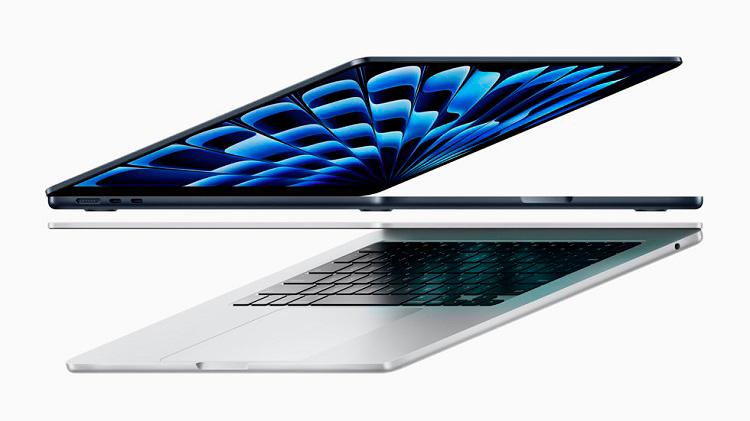Laptops have come a long way from bulky machines to sleek, ultra-thin devices that pack high performance in compact bodies. As of 2025, the demand for ultra-portable laptops has driven innovation in the industry, resulting in record-breaking thinness while maintaining power and functionality.
This article explores the latest advancements in ultra-thin laptops, highlighting the world's thinnest models and their impressive features. We will compare specifications, discuss cutting-edge technology, and examine how manufacturers continue to push the limits of design and performance.

The Evolution of Ultra-Thin Laptops
The Journey to Ultra-Thin Designs
The journey to ultra-thin designs has been driven by a relentless pursuit of innovation, blending cutting-edge materials, advanced engineering, and minimalist aesthetics. From sleek smartphones to ultra-slim laptops and wearables, manufacturers continuously push the boundaries of design to create devices that are not only lightweight but also powerful. Breakthroughs in nanotechnology, flexible displays, and compact chipsets have enabled this evolution, allowing for thinner yet more durable products. As consumer demand for portability and elegance grows, the challenge remains to balance thinness with functionality, battery life, and durability, ensuring that ultra-thin designs remain both stylish and practical.
-
Material Science: Adoption of lightweight metals like magnesium-lithium alloy and carbon fiber.
-
Component Integration: CPUs, GPUs, and memory are now integrated into smaller, more efficient chipsets.
-
Battery Technology: Development of high-density lithium-ion batteries that occupy less space.
-
Cooling Solutions: Innovations like vapor chambers and fanless cooling systems to maintain performance in compact devices.
With these innovations, modern ultra-thin laptops can deliver high performance without sacrificing battery life or build quality.
Criteria for Evaluating Ultra-Thin Laptops
When evaluating an ultra-thin laptop, several key criteria must be considered to ensure a balance between portability, performance, and usability. First, build quality and durability are essential, as thinner designs often sacrifice structural integrity. Premium materials like aluminum or carbon fiber enhance durability without adding bulk. Second, performance plays a crucial role—processors, RAM, and storage should offer seamless multitasking and responsiveness despite the compact form factor. Battery life is another critical factor, as ultra-thin designs leave less room for large batteries, making power efficiency a priority. Additionally, display quality, keyboard comfort, and port selection should not be overlooked, ensuring a well-rounded experience without compromising on essential features. Finally, cooling efficiency is vital, as thinner laptops often struggle with heat dissipation, impacting long-term performance and reliability.
1. Thickness & Weight
-
The primary measure of an ultra-thin laptop is its thickness, often measured at its thickest point.
-
Lightweight designs enhance portability and ease of use.
2. Performance
-
A slim laptop should not compromise on speed, ensuring it features powerful processors, RAM, and storage options.
3. Build Quality & Materials
-
Premium materials such as aluminum, carbon fiber, and magnesium alloys help achieve a balance between durability and thinness.
4. Battery Life
-
Ultra-thin laptops should maintain efficient power consumption, providing all-day battery life without bulk.
5. Display & User Experience
-
Thin bezels, high-resolution displays, and touchscreen options enhance usability while maintaining a compact form.
The Top Contenders for the World’s Thinnest Laptop in 2025
Comparison Table
|
Laptop Model |
Thickness |
Weight |
Processor |
RAM |
Storage |
Battery Life |
Key Features |
|---|---|---|---|---|---|---|---|
|
LG Gram UltraSlim |
10.9 mm |
990 g |
Intel Core i7-1370P |
16GB |
512GB SSD |
15 hours |
Ultra-light, OLED display, powerful CPU |
|
Acer Swift 7 |
9.95 mm |
890 g |
Intel Core i7-1260U |
16GB |
1TB SSD |
14 hours |
Fanless cooling, magnesium-lithium build |
|
HP Spectre x360 |
11.5 mm |
1.2 kg |
Intel Core i7-1365G7 |
16GB |
1TB SSD |
13 hours |
Convertible design, touchscreen |
|
Dell XPS 13 |
11.6 mm |
1.16 kg |
Intel Core i7-1360P |
16GB |
512GB SSD |
12 hours |
InfinityEdge display, premium build |
|
Apple MacBook Air M3 |
11.3 mm |
1.24 kg |
Apple M3 Chip |
16GB |
512GB SSD |
18 hours |
Fanless, seamless macOS integration |

In-Depth Review of Each Model
LG Gram UltraSlim
The LG Gram UltraSlim is among the world’s lightest and thinnest laptops at just 10.9 mm thick and weighing 990 grams. Featuring a stunning OLED display, it offers:
-
Intel Core i7-1370P processor for smooth performance.
-
16GB RAM and 512GB SSD for fast storage and multitasking.
-
Up to 15 hours of battery life, making it ideal for travel.
Acer Swift 7
With an astonishing 9.95 mm thickness, the Acer Swift 7 is the thinnest laptop currently available. Key highlights include:
-
Intel Core i7-1260U processor with efficient performance.
-
Magnesium-lithium body that’s lightweight yet durable.
-
Fanless cooling system for silent operation.
HP Spectre x360
A premium convertible laptop, the Spectre x360 is known for its ultra-thin 11.5 mm chassis and features like:
-
360-degree hinge for tablet-mode flexibility.
-
Vibrant touchscreen display with stylus support.
-
Intel Core i7-1365G7 processor for strong productivity performance.
Dell XPS 13
One of the most stylish ultra-thin laptops, the Dell XPS 13 comes in at 11.6 mm and features:
-
InfinityEdge display with near-borderless bezels.
-
Premium aluminum chassis for a sleek, durable design.
-
Strong Intel Core i7-1360P processor for high efficiency.
Apple MacBook Air M3
Apple’s MacBook Air M3 continues to redefine ultra-thin laptops with its 11.3 mm chassis and industry-leading battery life:
-
Apple M3 Chip for optimized macOS performance.
-
Fanless cooling for silent operation.
-
Up to 18 hours of battery life, making it the longest-lasting ultra-thin laptop.
The Future of Ultra-Thin Laptops
The future of ultra-thin laptops is set to be defined by groundbreaking advancements in materials, hardware efficiency, and artificial intelligence-driven optimizations. With the continuous development of ultra-light yet robust materials such as graphene and improved carbon fiber composites, future laptops will become even thinner and more durable. Innovations in chip architecture, such as ARM-based processors and 3D-stacked semiconductors, will enhance performance while reducing power consumption, leading to longer battery life in slimmer designs. Flexible and rollable displays may redefine portability, allowing for foldable or expandable form factors. AI-powered software optimizations will further streamline performance, adapting power usage and system resources in real-time. As ultra-thin laptops evolve, they will continue to blur the line between power and portability, offering users sleek, high-performance devices without compromise.





.gif)















Sign in
to continue to ilmkidunya.com